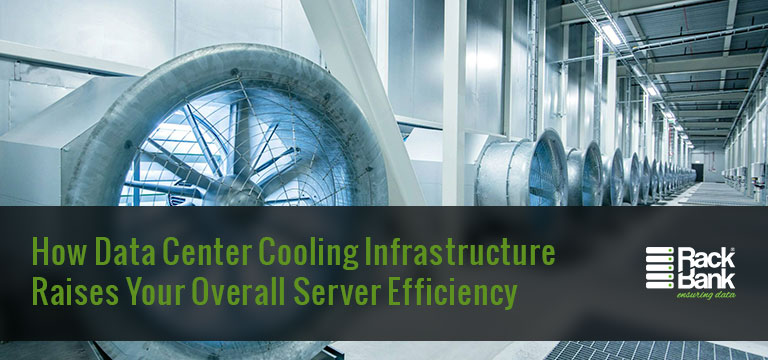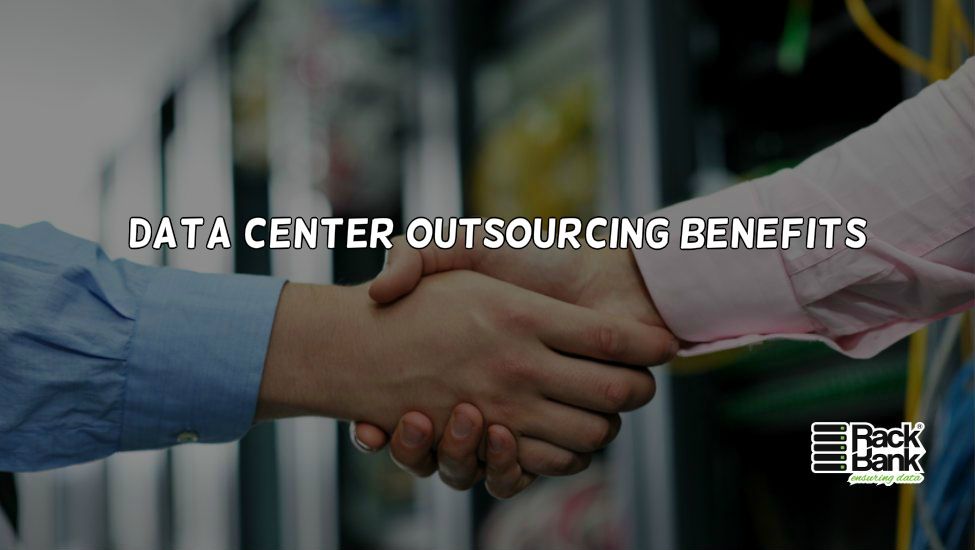Data centers are widespread known for the value they deliver to your operational efficiency. Optimal use of energy is one of the prime reasons behind the popularity of data centers today. Server cooling infrastructure is a vital part of any data center. It is by the complex connection of chillers, compressors and air handlers that create the optimal computing environment. Data center thus ensures the longevity of the servers while delivering seamless operations to the clients.
Some of the ways Data center can help your server cooling needs are:
- Efficiently managing power usage effectiveness
Power Usage Effectiveness (PUE) is derived by dividing the total incoming power by the Total IT equipment power load. The total incoming power includes (including IT operations load) the electrical and mechanical support systems such as chillers, air conditioners, fans, and power equipment. The lower the PUE value, the more efficient the datacenter is. Also, lower figures indicate that more incoming power is consumed by IT equipment (the outbound services) instead of the intermediary, support equipment. Data centers by maneuvering effective distribution of power requirements, ensure server cooling requirements that fit your outsourcing budget.
- Lower operation costs
The other element that links closely to efficient management of power usage is targeting lower operational costs via economy of scale. The backbone of data center operations lies in the strategy of efficient management of resources. Thus optimal utilization of servers which are shared among many clients leads to a maximum uptime of services with minimal jerks on your budgets.
- Deployment of advanced systems
The heartbeat of datacenter services is the background systems like cooling, power etc. that support the IT systems. Some of the advanced cooling systems that are gaining popularity among datacenter support systems are free cooling and close coupled liquid cooling. Free Cooling is one of the least polluting cooling systems. They work on utilizing the cold temperature of the environment during the winter period of the year. An economizer system circumvents the cooling infrastructure and uses the outside air as a cooling mechanism. Close-Coupled Liquid Cooling is again one of the low polluting systems where the proximity of the heat transfer is utilized to create highly efficient close-coupled cooling designs. These systems work on elevated chilled water temperatures and can help to reduce energy demand for mechanical cooling.
- Weeding out redundant systems
The advantage of datacenter lies in their capability as to how much IT load they can deliver and this depends on the current set of systems in place. With shorter hardware technology life cycles, the market jumps back every couple of quarters with more efficient energy systems. Considering the high volume business data centers serve, it becomes important and to some extent easier to weed out redundant systems in shorter spans and keep upgrading to newer, more energy efficient systems. For a standalone company, it’s not so easy from the capital investment perspective but from a datacenter point of view, it’s the need of sustaining business in the era of stiff competition.
What’s Next?
Datacenters are one stop answer to rising demand of server cooling needs. With so many strategic advantages and sustainability requirements on their side, datacenters have to ride the wave of advanced energy management. The advantage lies in your hand by picking the right datacenter for your business.



